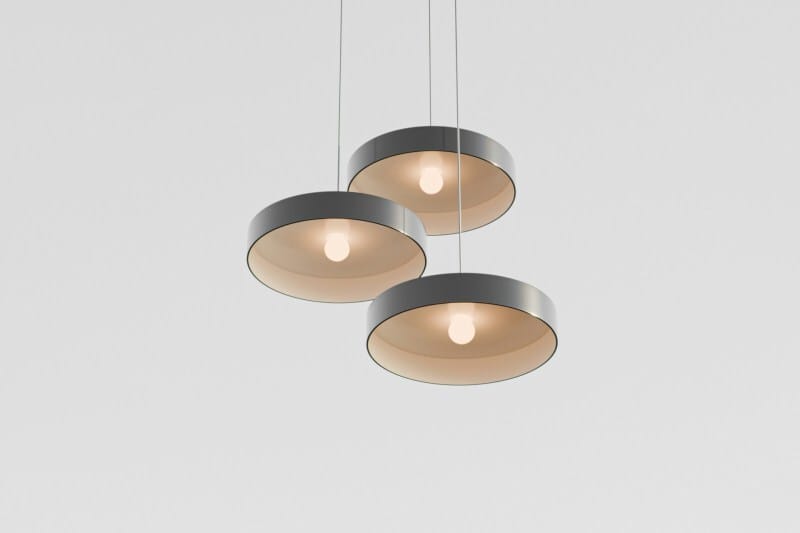Walk into a well designed home and nothing fights for attention. Lights feel right, switches sit where your hand expects them, and power is there when you need it. Most of what makes that happen is hidden behind walls and ceilings.
In places like Pennant Hills, homeowners often rely on trusted trades to get the details right. A local team such as Powerhub Electrical can align the electrical plan with the architect’s intent, so the rooms look clean and work well day to day.

Photo by MART PRODUCTION
Plan The Basics Early
Great electrical planning begins with the brief. Before anyone chooses fittings, the designer and electrician map how each room will be used. Where do you read, cook, work, and relax.
Where does the sun come from. How do you move through the space. From this, they set out switching lines, dimmer zones, and power points that fit the way the home flows.
Early coordination avoids patchwork fixes later. If the architect wants a gallery-clear wall, switches and outlets can move to a return. If a kitchen will host coffee gear and an induction cooktop, separate circuits and spare capacity can be planned.
If a bedroom needs soft control from bed and door, two-way or three-way switching is set from the start. Clear drawings help builders, cabinetmakers, and plasterers keep surfaces clean and consistent.

Set The Right Light
Light is where design and comfort meet. Think about three basics: aim, brightness, and color. Aim puts light where tasks happen, like benches and desks. Brightness sets the mood for day and night. Color, measured by the color rendering index (CRI), affects how materials and skin look.
A higher CRI helps timber, stone, art, and food appear natural under artificial light. Linking general lights to dimmers and keeping task lights on separate circuits gives flexible scenes for work, rest, and guests.
Credible guidance on CRI is widely available, and helps designers choose sources that show color faithfully.
Fittings should support the architecture instead of competing with it. Flush downlights or narrow-beam spots can highlight texture without glare. Linear lighting under shelves can outline joinery lines. In bathrooms, lights near mirrors need careful placement to avoid shadows.
Outside, low, shielded fittings protect night vision and reduce spill into the sky. If the home features art or distinct finishes, sample the exact light in the room before signoff, so the tone and texture match the vision.

Put Power Where You Need It
Power points sound basic, yet they shape how rooms work. The plan should match real habits, not just standard spacings. In living areas, place outlets behind sofas and media units, with conduit paths for hidden TV cables.
In kitchens, allow for appliances that might move, like an air fryer or stand mixer, and add at least one spare for future gadgets. In bedrooms, put outlets at both sides of the bed and add USB-C where it makes sense.
In studies, include enough sockets for monitor, dock, chargers, and a printer, so power boards do not clutter the floor.
Think vertically as well as horizontally. Benchtop sockets should sit clear of splash zones. Low wall outlets can feed floor lamps with hidden cords. In hallways and store rooms, add a point for a robot vacuum base or a dehumidifier.
On balconies, plan exterior-rated outlets for a grill or small heater, and confirm they sit under cover. Small placements like these keep surfaces neat and reduce trip hazards.

Build In Safety
A modern board protects people and property. Safety devices such as residual-current devices (RCDs) or GFCIs cut power fast when a fault occurs, and are standard in many regions. They sit alongside circuit breakers and, where needed, combined units that provide both functions.
If a home has old wiring, an upgrade can bring it to current safety levels and add capacity for new loads. More detail on what RCDs do can be found via the reference in the Link Summary.
Good planning also reduces noise and heat. Keep transformers and fans away from quiet zones. Use separate circuits for fridges, pumps, and server gear to avoid flicker or dimming when they start.
Allow ventilation around AV receivers and hidden hubs. Where possible, route cables to avoid crossing audio lines, and give sensitive rooms clean power.
For fire safety, place smoke alarms per code, interlink them where required, and keep detectors clear of steamy kitchens while still near the path from bedrooms to exits.

Keep Walls Clean
Electrical choices affect how clean a space looks. Low profile switches and plates can match wall color. TV wall mounting with routed cabling keeps the panel floating without wires in view.
LED strips can recess into shelves and stairs so you see the light, not the fixture. In older homes, careful surface conduits can run in shadow lines or skirting to reduce visual impact, and color matching helps them disappear.
Wet rooms and underfloor zones need special care. Bathrooms call for correct zones around tubs and showers.
Underfloor ventilation fans can help reduce moisture below timber floors, which protects finishes and reduces odors. In laundries and garages, durable fittings and clearances make spaces safer and easier to clean.
Leave Room To Grow
Homes change. Families grow, hobbies shift, and technology moves. A good plan leaves room to add without mess. Spare ways in the switchboard, conduit paths to the roof and key cupboards, and a few blank plates in strategic places are cheap insurance.
If you expect solar, EV charging, or a battery in the next few years, sizing the board and running sleeves now avoids cutting walls later.
Smart controls also benefit from forethought. Even if you start with standard switches, deep boxes and neutral wires at the switch point make it easy to add dimmers or smart modules later.
Keep control gear together in a ventilated cupboard, label everything, and document IP addresses and passwords in a safe place. With a simple backbone in place, you can add scenes, schedules, and sensors without rework.
Work With A Local Pro
Architects and interior designers set the vision, but the electrician translates it into cable runs, circuit loads, and exact positions. A local team that works across lighting, outlets, switchboards, and emergency repairs can coordinate with joiners and builders to protect the look of the home.
On a Pennant Hills project, a partner like Powerhub Electrical can review drawings, flag clashes early, propose safer or cleaner routes, and be on call if a breaker trips during handover. The result is a home that looks calm and functions smoothly from the first switch on.

Photo by ERIC MUFASA
Conclusion
A strong electrical plan does not call attention to itself. It lets materials, light, and daily life shine, while safety gear and spare capacity sit quietly in the background. When design and electrical work together from day one, the home feels effortless, and stays that way as needs change.
The post A Simple Guide to Planning Home Electrics appeared first on Moss and Fog.
